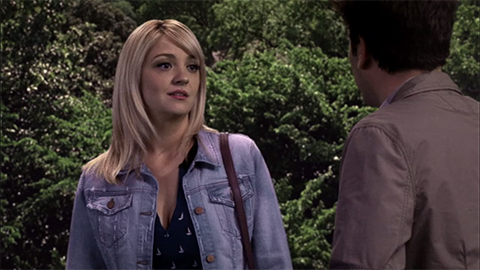Green Screens and Lighting
19/10/2015Like many people, I generally like to have something on in the background while I work. Some background noise helps me filter out distractions and if I’m not listening to podcasts or music, I usually have Netflix running in the background. For a while, I was on a How I Met Your Mother kick (I hadn’t kept up while it was on air) and I happened across the below scene.
In context, the scene is supposed to take place in Central Park in New York during the day. Reading the episode discussions on the How I Met Your Mother subreddit, I saw a lot of people complaining about the bad green screen. Probably the first hint that I wanted to go into Animation and Motion Graphics was that I tended to notices things like this in TV and movies, but I don’t think that the problem with this is the green screen technology.. The scene is a throwaway one, so I can overlook the simple background that gives no indication of a horizon, in shows like this, if that audience is paying that much attention to the background it usually means that there’s something else going on.
In this case, the problem, as I said, isn’t the green screen, it’s the lighting in the scene. Firstly, the lighting isn’t strong enough to believably substitute for daylight, the actors are too dark, but this alone could be fixed by adjusting the levels in the scene. The second problem is that the shadows are too soft, shadows cast by daylight are ‘hard’, they have defined lines. The lights in this scene have been diffused and scattered, this combined with the darker lighting makes a scene that should take place in a daylight park look as if it has obviously been shot inside a studio.
The key takeaway from this is that while green screens are a powerful and cheap way of placing a scene in a location that is too expensive or impractical to shoot in, making the scene believable takes more than just a green backdrop and After Effects. Lighting, sound and direction are all required to work in cohesion in order to make Motion Graphics truly work within a scene.

